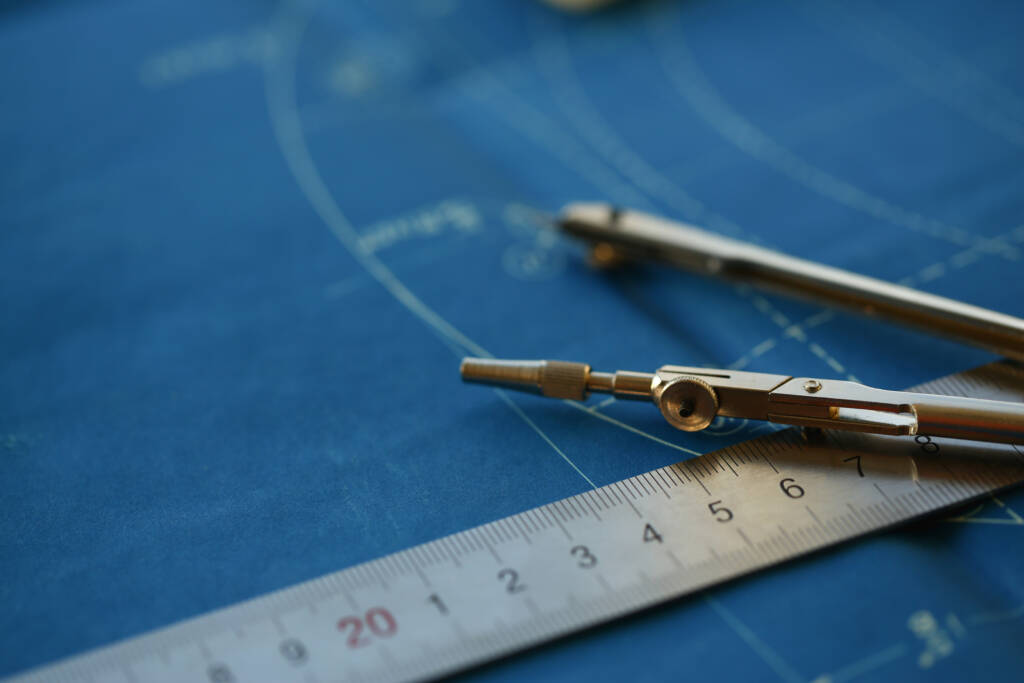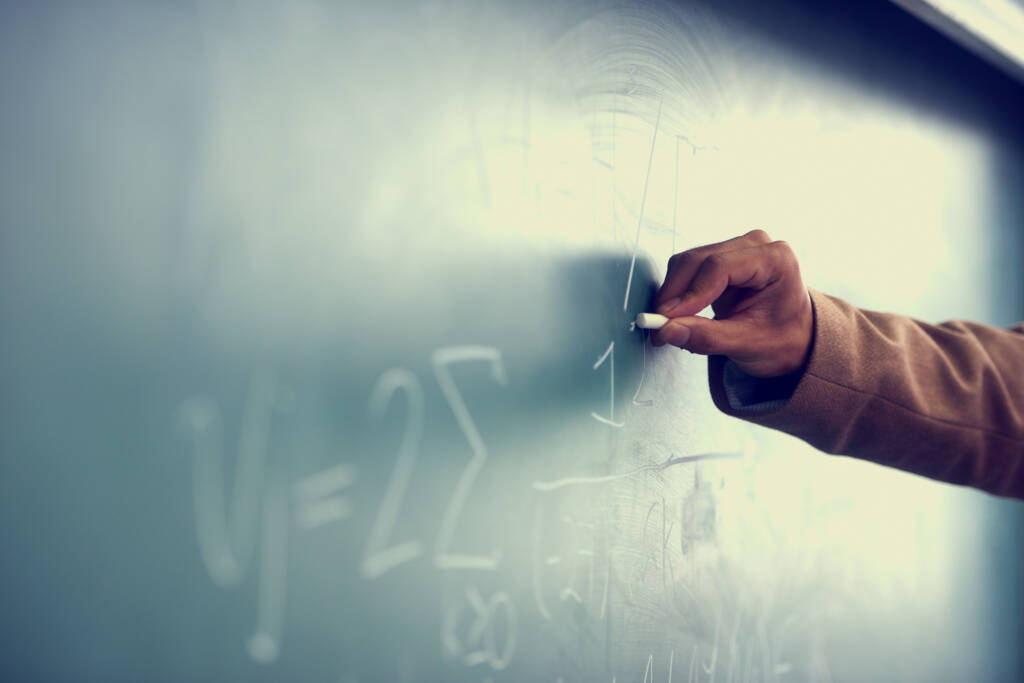
Geometry/Geometry Honors

One day in 2580 B.C.E., a very serious architect stood in a dusty desert with a set of plans. His plans called for creating a structure 480 feet tall, with a square base and triangular sides, using stone blocks weighing two tons each. The Pharaoh wanted the job done right. The better this architect understood geometry, the better his chances were for staying alive.
Geometry is everywhere, not just in pyramids. Engineers use geometry to build highways and bridges. Artists use geometry to create perspective in their paintings, and mapmakers help travelers find things using the points located on a geometric grid. Throughout this course, students travel a mathematical highway illuminated by spatial relationships, reasoning, connections, and problem-solving.
Major Topics and Concepts
Module 01 Basics of Geometry
- Basics of Geometry
- Basic Constructions
- Constructing with Parallel and Perpendicular Lines
- Constructions with Technology
- Introduction to Proofs
Module 02 Transformations and Congruence
- Translations
- Reflections
- Rotations
- Rigid Motion and Congruence
Module 03 Proofs of Theorems
- Line and Angle Proofs
- Triangle Proofs
- Parallelogram Proofs
Module 04 Dilations and Similarity
- Dilations
- Similar Polygons
- Similar Triangles
Module 05 Triangle Similarity Proofs
- Triangle Congruence and Similarity
- Applications of Congruence and Similarity
Module 06 Coordinate Geometry
- Using the Coordinates
- Slope
- Coordinate Applications
Module 07 Right Triangles and Trigonometry
- 07.01 Solving Right Triangles
- 07.02 Trigonometric Ratios
- 07.04 Applying Trigonometric Ratios
Module 08 Volume and Figures
- Formulas
- Applications of Volume
- Density
- 3-D Figures
Module 09 Circles
- Properties of a Circle
- Inscribed and Circumscribed Circles
- Applications of Circles
Competencies
Geometric Constructions
Students will demonstrate an understanding of geometric constructions by creating constructions, explaining the logic underlying constructions, and creating regular polygons using construction techniques.
Transformations and Congruence
Students will demonstrate an understanding of transformations and congruence by describing transformations of rigid motion, describing congruence by rigid motion, solving geometric theorems, and creating logical arguments.
Dilations and Similarity
Students will demonstrate an understanding of dilations and similarity by explaining dilation of a geometric figure and dilation rules, describing similar triangles, and solving proofs and real-world problems involving congruence and similarity.
Coordinate Geometry
Students will demonstrate an understanding of coordinate geometry by comparing geometric properties, proving geometric relationships, and describing algebraic models.
Right Triangles and Trigonometry
Students will demonstrate an understanding of right triangles and trigonometry by explaining the Pythagorean Theorem, solving problems using trigonometric ratios, and comparing special right triangle properties.
Volume and Figures
Students will demonstrate an understanding of volume and figures by explaining calculations for volume, explaining calculations for area, explaining calculations for density, and analyzing two and three dimensional figures.
Circles
Students will demonstrate an understanding of circles by describing circle properties, solving circle theorems, and applying circle applications.

